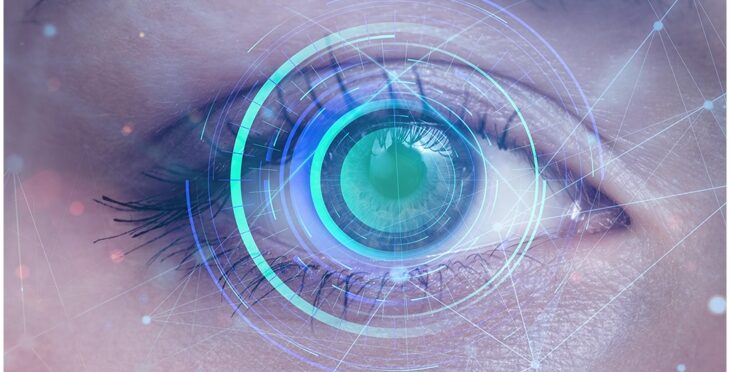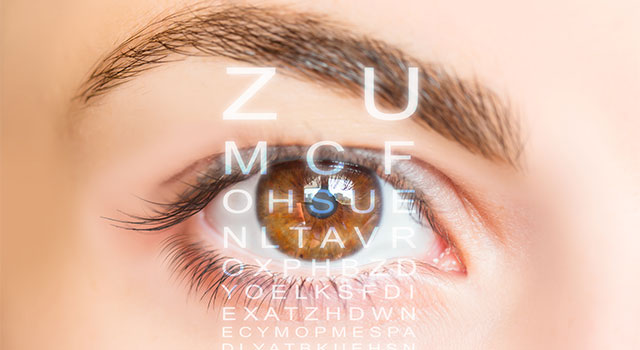Discovering the Cutting-Edge Technologies Utilized for Vision Correction
In the ever-evolving landscape of vision improvement innovations, a realm where advancement and precision converge, a myriad of sophisticated innovations have actually improved the possibilities for improving visual acuity. From the elaborate realm of advanced laser treatments to the world of expert system applications and genetics therapy developments, the area remains to press borders and redefine what was once believed to be unattainable. With each technology comes the potential to reinvent just how we perceive and deal with vision-related obstacles, supplying a tantalizing peek right into a future where quality and precision preponderate.
Advanced Laser Procedures

An additional advanced laser procedure acquiring appeal is PRK (Photorefractive Keratectomy) This strategy entails getting rid of the outer layer of the cornea before reshaping it with a laser. While the healing time for PRK is much longer contrasted to LASIK, it can be a far better alternative for people with slim corneas or other corneal irregularities. Both LASIK and PRK have high success rates in improving vision and are thought about risk-free and trustworthy approaches for vision improvement.

Implantable Tools Technology
Developments in implantable gadgets are improving the landscape of vision correction, providing brand-new opportunities for people seeking permanent services to refractive mistakes. These sophisticated devices, such as phakic intraocular lenses (IOLs) and implantable collamer lenses (ICLs), are developed to fix a wide variety of refractive mistakes, consisting of nearsightedness, hyperopia, and astigmatism. Unlike typical glasses or call lenses, implantable devices provide a more permanent service by being put inside the eye to remedy vision.

Wavefront Innovation Enhancements
The advancement of wavefront technology in vision adjustment has changed the accuracy and customization of refractive procedures. By using sophisticated wavefront sensing units, this technology enables a comprehensive analysis of the eye's special aberrations, making it possible for eye doctors to customize therapies with extraordinary precision. Wavefront-guided LASIK, as an example, goes past conventional methods by addressing not only typical refractive mistakes like nearsightedness, farsightedness, and astigmatism yet likewise higher-order aberrations that can influence aesthetic top quality.
In addition, continuous improvements in wavefront modern technology have led to improved analysis capabilities, enabling for extra accurate pre-operative analyses and post-operative assessments to keep an eye on the performance of the procedure. Generally, these improvements in wavefront technology have substantially added to the find more information refinement and efficiency of vision improvement procedures, offering clients a greater degree of visual acuity and high quality post-treatment.
Artificial Knowledge Applications
With the progression of wavefront innovation in vision improvement leading the way for tailored treatments, the combination of expert system applications is currently positioned to further augment precision and efficiency in refractive procedures. Expert system (AI) brings a brand-new level of sophistication to the field by evaluating large quantities of data to improve decision-making procedures throughout vision improvement surgical procedures. AI algorithms can assist ophthalmologists in pre-operative planning by anticipating the ideal treatment specifications based on individual patient data, such as corneal density, refractive mistake, and various other appropriate elements. During the operation, AI can dynamically readjust therapy criteria in real-time, optimizing the precision of the adjustment. Furthermore, post-operative monitoring and adjustment can additionally take advantage of AI applications, making sure much better outcomes and lowered dangers of problems. By leveraging AI in vision correction treatments, ophthalmologists can supply individuals personalized therapies that are not only more precise however also customized to their unique aesthetic needs, inevitably resulting in boosted client complete satisfaction and aesthetic outcomes.
Genetics Treatment Innovations
Current advancements in gene therapy have actually introduced a brand-new era of accuracy medication, revolutionizing the landscape of medical therapies. In the realm of vision improvement, genetics treatment innovations offer promising services for numerous hereditary eye problems. By targeting details genetics liable for problems like retinitis pigmentosa, Leber genetic amaurosis, and various other genetic retinal illness, genetics therapy aims to address the root causes of these problems at a molecular degree.
One remarkable innovation in genetics therapy for vision adjustment is Luxturna, approved Recommended Reading by the FDA in 2017. Luxturna is an introducing genetics therapy treatment for people with inherited retinal diseases created by anomalies in the RPE65 gene. Through the delivery of a useful duplicate of the RPE65 gene right into retinal cells, Luxturna has actually shown considerable improvements in vision for patients with these hereditary conditions.
As research in genetics therapy remains Visit Your URL to breakthrough, the capacity for tailored therapies for a variety of genetic eye problems grows exponentially, supplying expect improved vision end results and lifestyle for affected people.
Conclusion
To conclude, the line of vision correction is frequently developing with making use of innovative technologies such as innovative laser procedures, implantable tools, wavefront innovation, fabricated intelligence, and genetics therapy. retina service near me. These technologies have changed the way vision concerns are addressed, using more exact and reliable services for people. As technology remains to advance, we can expect a lot more developments in the future that will certainly even more enhance the top quality of vision adjustment therapies